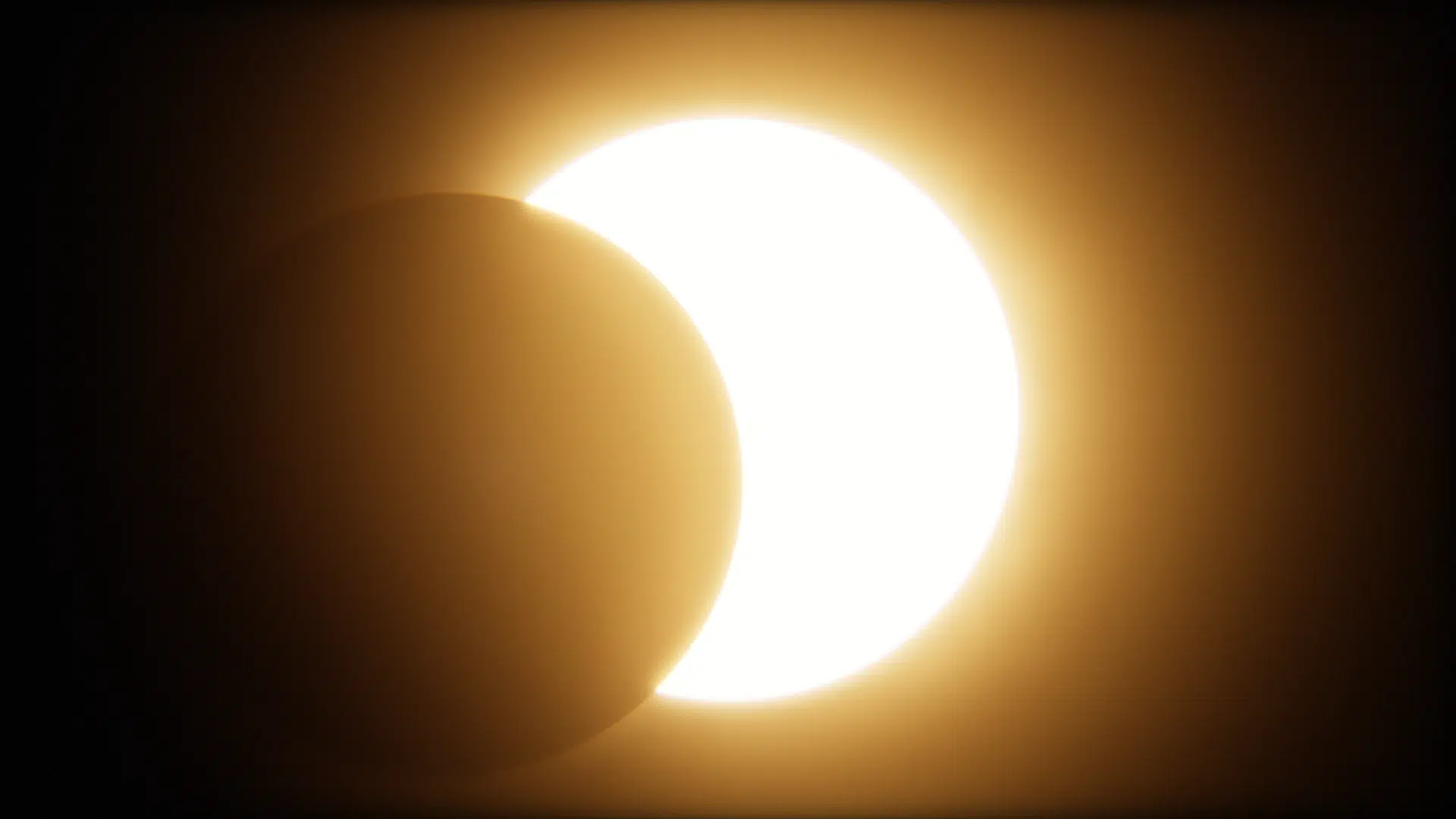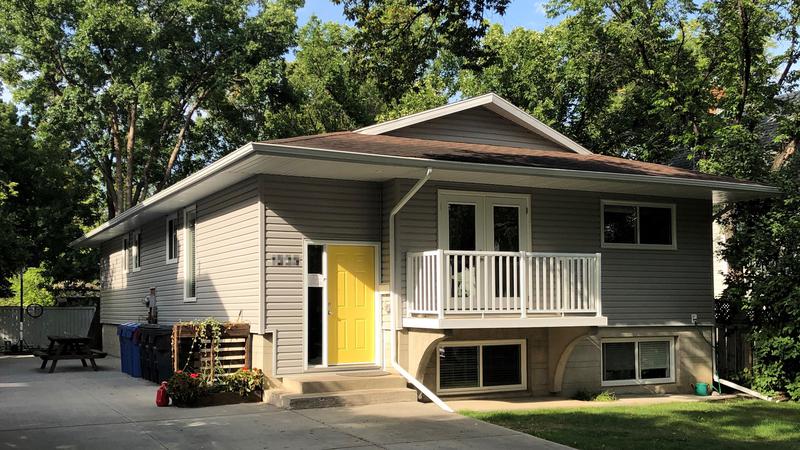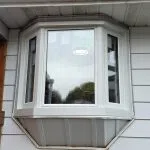
Watch Monday’s solar eclipse if you can, says professor- next one visible in Lethbridge in 2044
LETHBRIDGE – There’s a lot of excitement throughout North America, ahead of Monday’s solar eclipse (August 21). And that of course, includes the Lethbridge area.
University of Lethbridge Experimental Astro-Physics Assistant Professor Dr. Locke Spencer, says if you can, try to take in this one- because the next one that will be visible in southern Alberta will be in 27 years, in 2044.
“We’ll expect about 81 per cent of the sunlight to be blocked,” he says. “So it’ll be a fifth of the brightness that we’d normally get from the sun at that time of day. It will be noticeable, certainly.”
Spencer says not only will it look really interesting, but it will be a very rare opportunity for scientists to do some important work.


